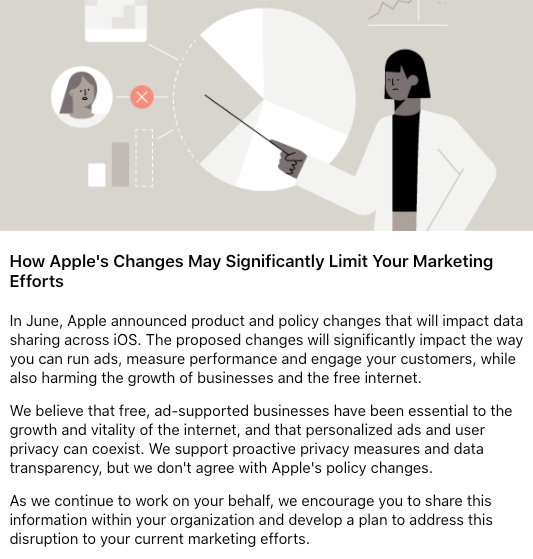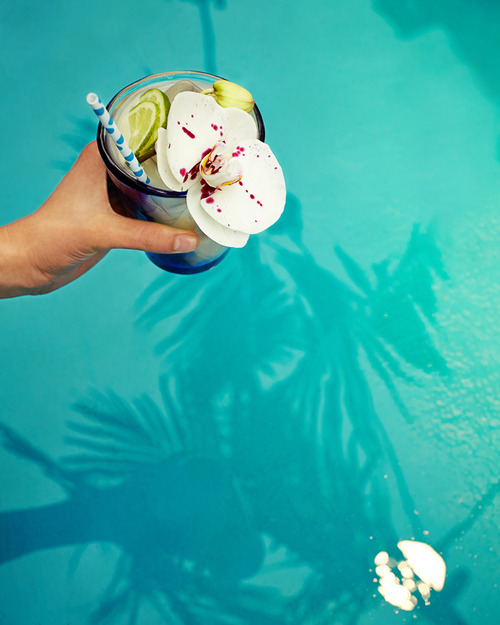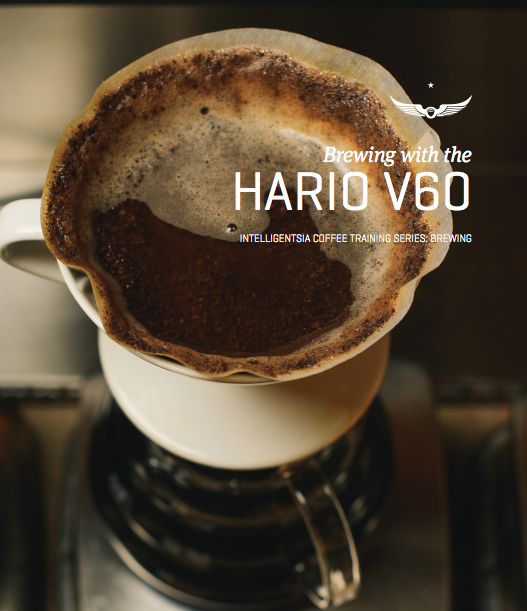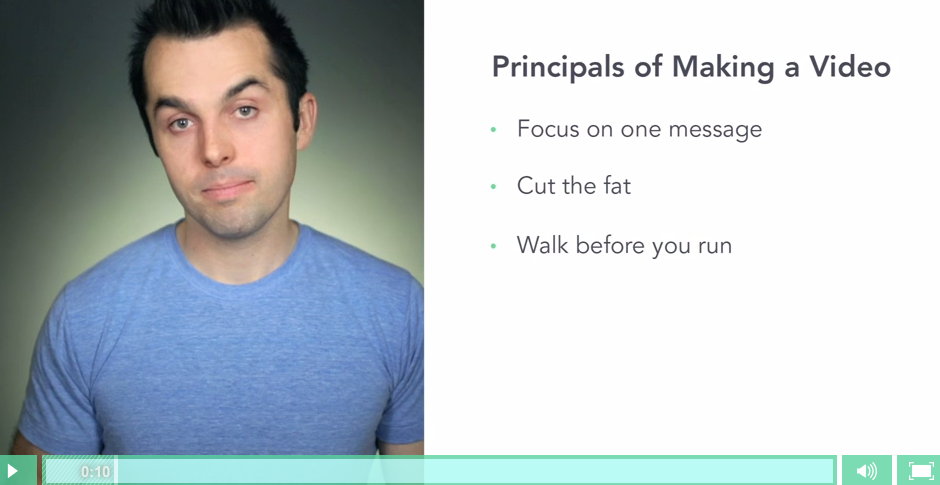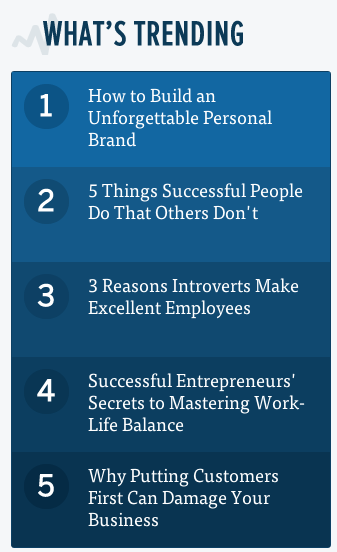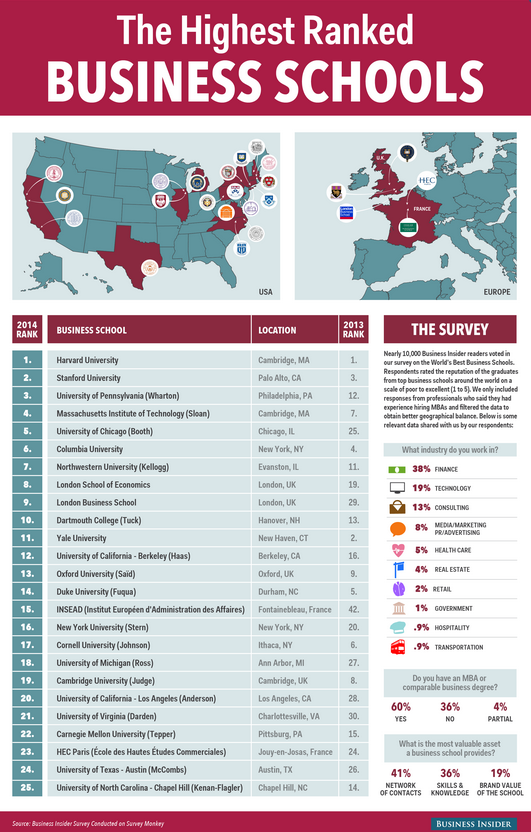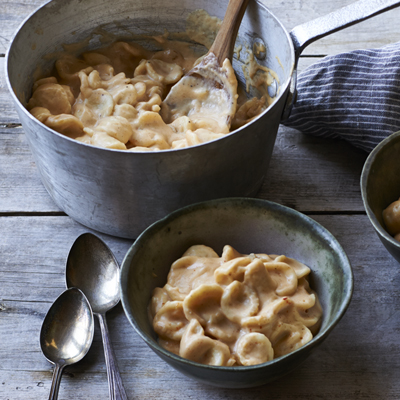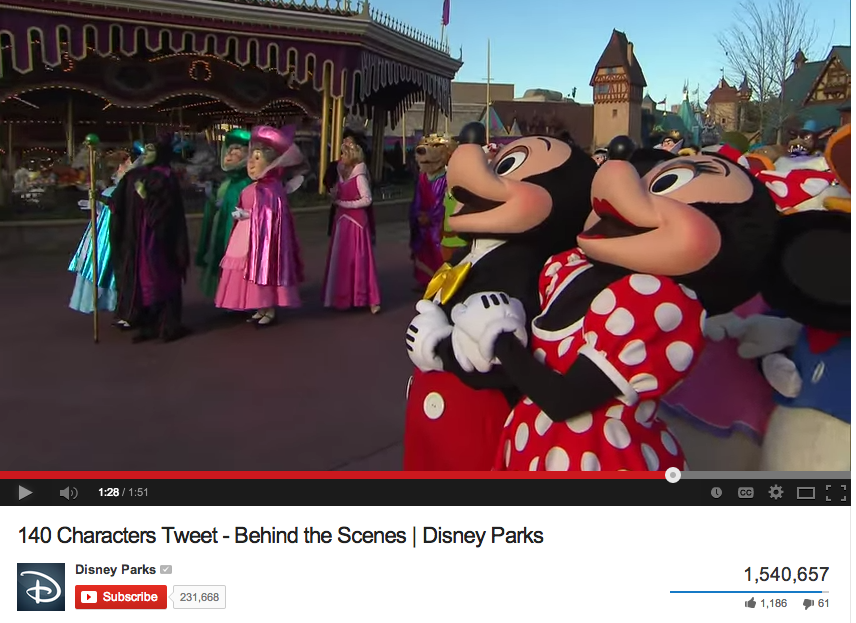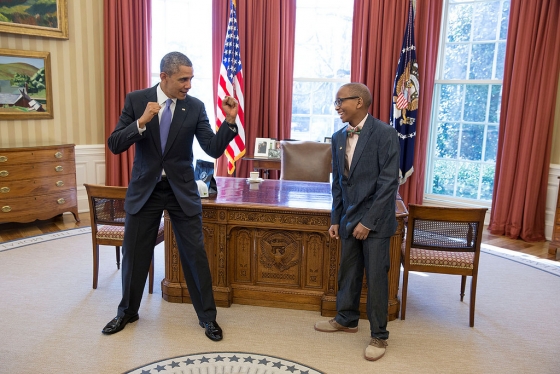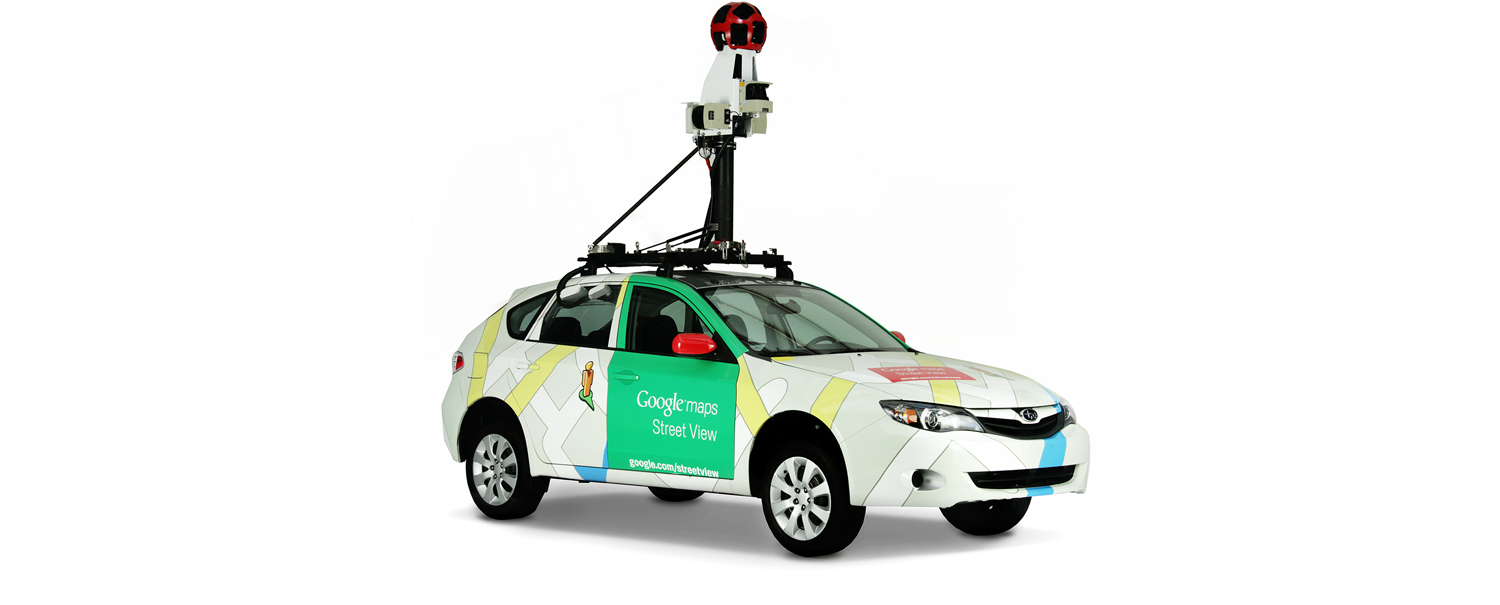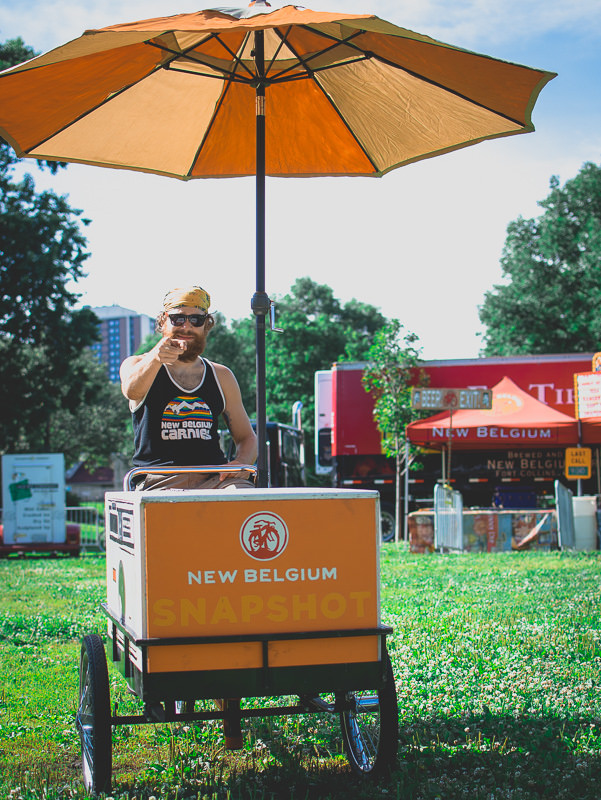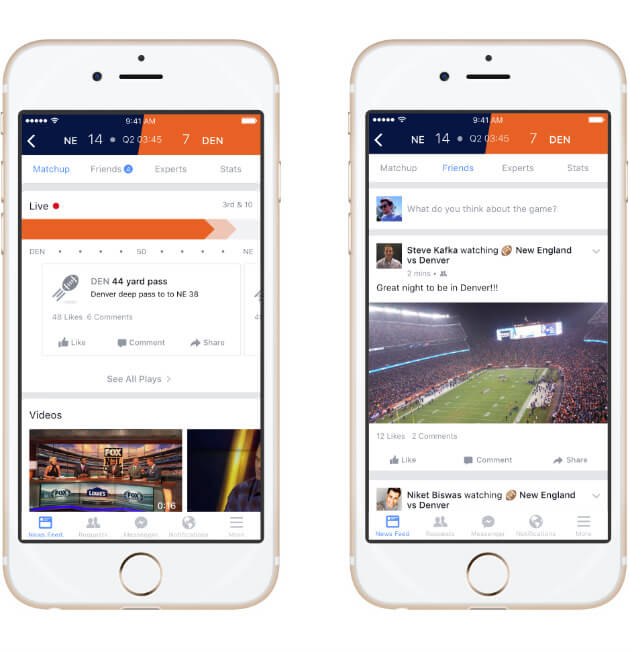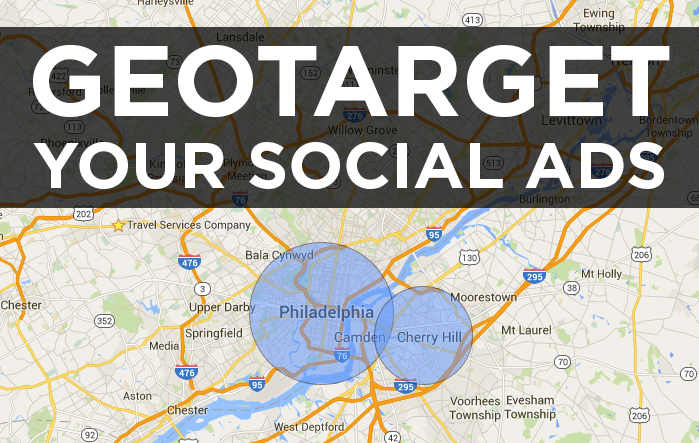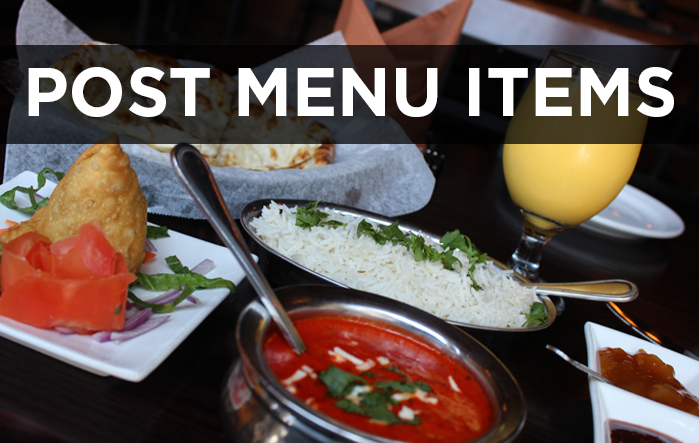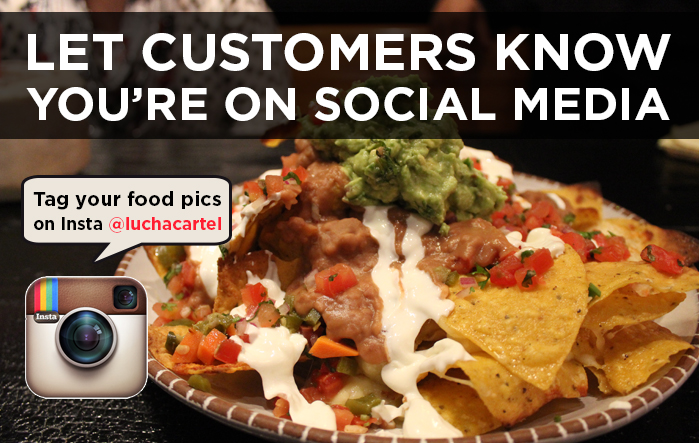Madison Resort: Where Vintage Charm Meets Modern Luxury in Wildwood Crest, New Jersey, NJ
After two years of meticulous restoration and renovation, Madison Resorts proudly unveils its crown jewel: Madison Resort a vibrant oasis where vintage charm meets modern luxury in the heart of Wildwood Crest, New Jersey. With a nod to the iconic Doo-Wop era, reminiscent of Miami’s golden age, Madison Resort offers guests an immersive experience that transports them to a bygone era of retro glamour and timeless elegance.
Led by visionary Dan Alicea and his dedicated team, Madison Resort emerges as a testament to perseverance and passion, overcoming obstacles and challenges to breathe new life into the once-dilapidated Oceanview Motel. What began as a simple renovation project quickly evolved into a comprehensive restoration effort, as layers of history were uncovered, revealing the property’s rich heritage and architectural significance.

Led by visionary Dan Alicea and his dedicated team, Madison Resort emerges as a testament to perseverance and passion, overcoming obstacles and challenges to breathe new life into the once-dilapidated Oceanview Motel. What began as a simple renovation project quickly evolved into a comprehensive restoration effort, as layers of history were uncovered, revealing the property’s rich heritage and architectural significance.
In December 2023, Madison Resorts expanded its footprint with the acquisition of The Royal Hawaiian, a neighboring property steeped in nostalgia and charm. Renamed “The Royal Tower,” this second jewel in Madison’s crown underwent its own transformation, seamlessly blending vintage aesthetics with contemporary design elements to create a harmonious retreat for discerning travelers.
Today, Madison Resort stands as a beacon of hospitality along Ocean Avenue, captivating visitors with its distinctive towers and vibrant facades. The Royal Tower, adorned with the Madison logo and splashes of sky blue, exudes a sense of modern sophistication, while The Madison Tower (formerly The Oceanview Resort) enchants guests with its lovingly restored lobby, complete with retro accents and vintage furnishings.
At the heart of Madison Resort’s allure lies its timeless design, inspired by the iconic Doo-Wop stylings of Miami’s heyday. Drawing from the vibrant colors and playful motifs of this bygone era, DAS architects have crafted a sanctuary that pays homage to the spirit of yesteryear, infusing every corner with a sense of nostalgia and whimsy.

But Madison Resort is more than just a feast for the eyes; it’s a playground for the senses, offering an array of amenities and experiences to delight guests of all ages. From poolside cabanas to beachfront weddings, the resort promises unforgettable moments at every turn. With over 200 guest rooms, multiple dining options, and state-of-the-art facilities, Madison Resort sets the stage for a truly immersive escape.
As the sun sets on the shores of Wildwood Crest, Madison Resort comes alive with the sounds of live music and laughter, beckoning guests to indulge in the magic of the moment. From lively festivals to intimate soirées, the resort’s events calendar is brimming with excitement, promising endless opportunities for adventure and relaxation.
So whether you’re seeking a romantic getaway or a family retreat, Madison Resort invites you to experience the charm of the Doo-Wop era in Wildwood Crest. Book your stay today and make memories that will last a lifetime. Welcome to Madison Resort, where vintage allure meets modern sophistication, and every moment is infused with the spirit of Miami’s golden age.





